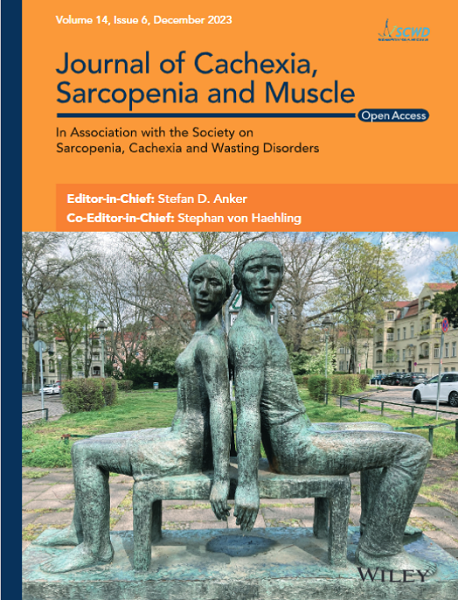Skeletal Muscle mRNA Splicing Variants Association With Four Different Fitness and Energetic Measures in the GESTALT Study
Abstract
Background
Physical activity is essential for maintaining muscle mitochondrial function and aerobic capacity. The molecular mechanisms underlying such protective effects are incompletely understood, in part because it is difficult to separate the effects of disease status and physical activity. We explored the association of human skeletal muscle transcriptomic with four measures of energetics and mitochondria oxidative capacity in healthy individuals.
Methods
Using RNA sequencing of vastus lateralis muscle biopsies from 82 GESTALT participants (52 males, aged 22–89 years), we explored gene and splicing variant expression profiles associated with self-reported physical activity, peak oxygen consumption (VO2 peak), muscle oxidative capacity (kPCr) and mitochondrial respiration (Mit-O2 flux). The effect of aging on gene expression was examined in participants with low and high VO2 peak.
Results
The four measures of energetics were negative correlated with age and generally intercorrelated. We identified protein-coding genes associated with four energetic measures adjusting for age, muscle fiber-ratio, sex and batch effect. Mitochondrial pathways were overrepresented across all energetic variables, albeit with little overlap at the gene level. Alternative spliced transcript isoforms associated with energetics were primarily enriched for cytoplasmic ribonucleoprotein granules. The splicing pathway was up-regulated with aging in low but not in high fitness participants, and transcript isoforms detected in the low fitness group pertain to processes such as cell cycle regulation, RNA/protein localization, nuclear transport and catabolism.
Conclusions
A consistent mitochondrial signature emerged across all energetic measures. Alternative splicing was enhanced in older, low fitness participants supporting the energy-splicing axis hypothesis. The identified splicing variants were enriched in pathways involving the accumulation of ribonucleoproteins in cytoplasmic granules, whose function remains unclear. Further research is needed to understand the function of these proteoforms in promoting adaptation to low energy availability.

 求助内容:
求助内容: 应助结果提醒方式:
应助结果提醒方式:


